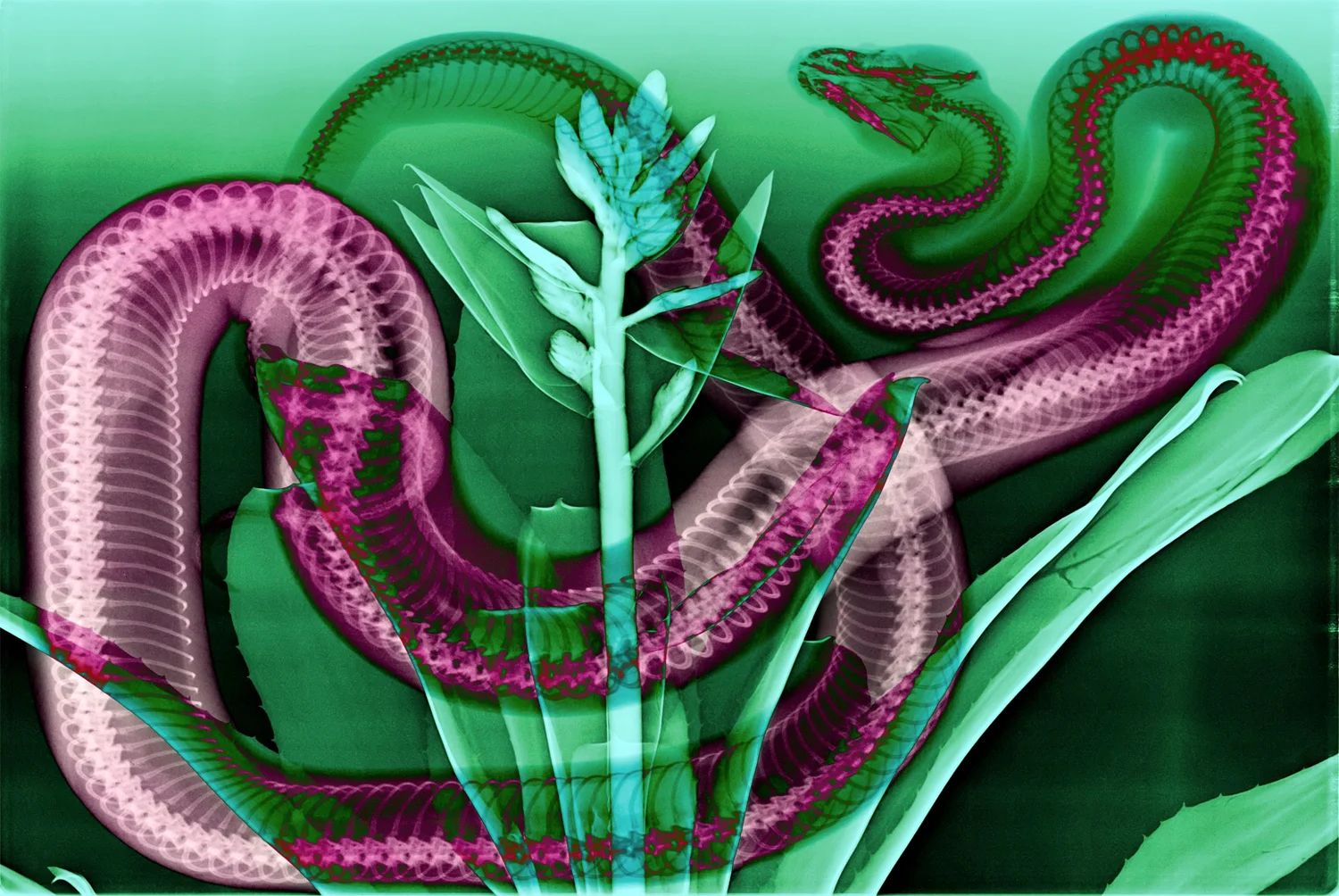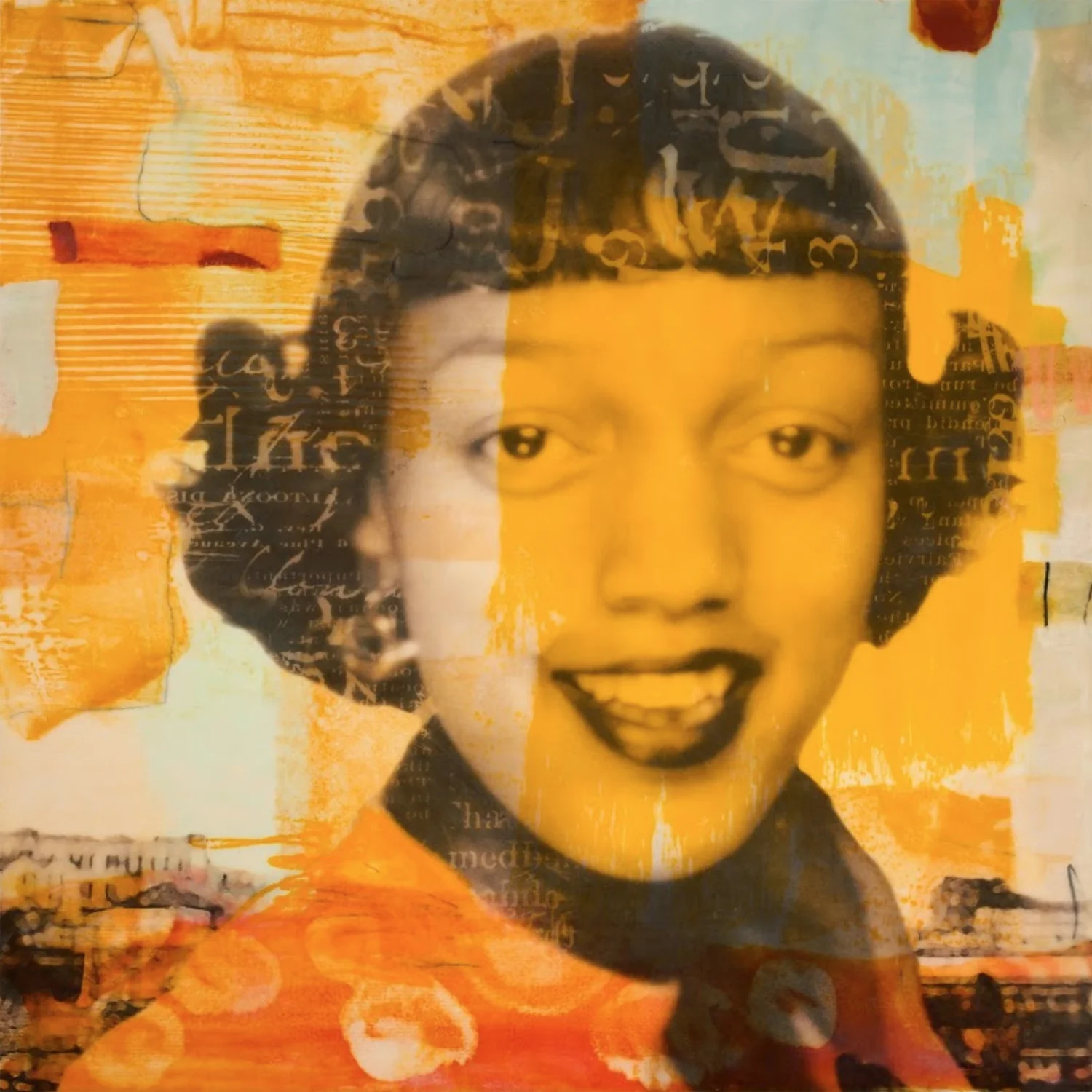Musée Limited Editions: Steve Miller
©Steve Miller
By Ashley Yu
Ashley Yu: You were one of the early pioneers of Sci-Art, or science-based art. What was your inspiration in combining art with science and technology?
Steve Miller: I realized that art traffics in the visual language of its time. You have Giotto and such using one-point perspective or mathematics during the Renaissance. Now we have the lens of technology and data. There’s something about that visual vocabulary that codes the work to the particular era and a timeliness that makes the work seem relevant to its moment. I was always looking for the next moment and technology is obviously the moment we live in.
Ashley: Could you tell us more about this print in particular and how it came about?
Steve: A bunch of us artists were invited to go down to Rio for an exhibition in 2005 by Nessia Pope. It was incredibly exotic and beautiful and I couldn’t just sit on my ass. I had to be doing something. So I invented Health of the Planet. In this particular print that you guys are showing, I thought, “the Amazon is the lungs of the planet so I can do a medical check up on its health by actually doing X-rays of the flora and fauna.”
Ashley: You often talk about the intense dialogue that your artistic work creates, particularly with physics and data analytics. And how do you wish ordinary, more inexperienced viewers approach these complex subject matters?
Steve: It doesn’t matter if you only get a visual connection. The first thing is to create a compelling visual connection, using all the strategies in your toolbox to engage the viewer. Once you grab their attention for even a second, then they might ask, “well, what is that thing?” Maybe you start to realize that it’s a map of land use in the Amazon or a satellite view of river systems.
What I learned in working with CERN was that there’s a new refined lens to see the world that has more to do with mathematics or data. You measure someone’s value by the number of Instagram followers, sadly. Even 10 years ago, if you tell someone that a Warhol that they hate is worth $10M, all of a sudden they look at it differently. Numbers, data and statistics really change perceptions. You don’t have to understand particle physics, just get a feeling that this is the time that we live in. I don’t expect anyone to understand but they might feel the complexity of our world.
Ashley: Honestly, that makes me feel so much better.
Steve: (Laughs) As soon as I start talking about the science behind it, you’re ready for bedtime. People’s eyes start to get droopy and they get lost. That’s part of the complexity but hopefully, it’s visually engaging.
Ashley: In terms of your visual technique, a lot of your work is with silkscreen painting. Why is that your medium of choice?
Steve: I got into it in the 80s. Before that, I was slavishly rendering realistic images. I like the way it looked, I just didn’t like what I had to go through to get there.
Ashley: Do you mean with photography or with painting?
Steve: Everything was photo-based. But I always felt like a complete idiot. My shoulder hurt, my hand didn’t want to be steady anymore; I just wanted to make a big mess. I don’t have the personality fit to do that kind of slavish rendering. With photography and photo silkscreen, you get the image instantaneously—and it’s either awful or it works. The silkscreen also takes so much work and it’s so dirty that not that many people do it anymore, so it gives me a kind of uniqueness in terms of my look.
Ashley: With all of that, how did you first get into art and photography in the first place?
Steve: How far are we going back in time? Many kids are interested in making a mess on a piece of paper. Some people stay with it and some don’t. I had some learning disabilities as a kid and that space was where I can have a sense of authority and play at the same time. And I just kept being the guy who was making posters for the high school dance and...here I am.
Take a look at Steve Miller’s Limited Edition print here.
Steve Miller is also frequent contributor to Musée Magazine and has been featured in our past issues SCIENCE & TECHNOLOGY and ENERGY








